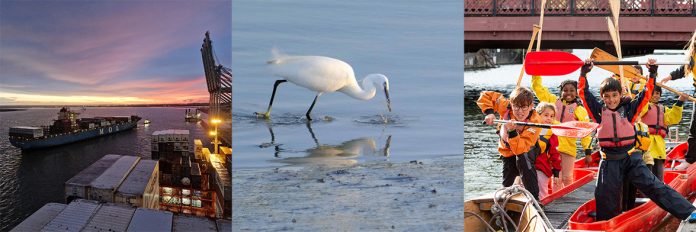The Port of London Authority (PLA) has launched a major masterplanning exercise to realise the growth opportunities along the Thames, and help integrate the river into the economy and lives of communities, as it starts implementing Thames Vision 2050, a river development framework that was unveiled in London’s City Hall last summer.
The tidal river is already home to the United Kingdom’s busiest inland waterway and largest port.
The master planning approach will capture all potential strategic prospects on the river by leveraging the PLA’s unique combination of maritime and planning experience. It will be created in collaboration with partners and local governments along the Thames.
“The Vision sets out the high-level ambitions for the river,” stated James Trimmer, director of planning and development at the PLA.
Trimmer added, “The masterplan will pick out the existing operations and potential options for development around trading and destination activities, and further improvements to the natural environment for each borough, including options for the delivery of Biodiversity Net Gain. Once complete, it will equip us with a clear spatial articulation of the ambition set out in the Vision, informing future planning and investment decisions.”
The approximately 153-kilometre-long tidal Thames passes through 22 boroughs and municipalities.
The PLA intends to collaborate with the London boroughs of Bexley and Newham, as well as councils in the Thames Gateway, during the initial phase of construction. Over the following 18 months, local masterplan development will be advanced; after the overall masterplan has been completed, a river-wide consultation will take place.
Overarching partners such as the Environment Agency, Greater London Authority, and Thames Estuary Growth Board have already begun preliminary conversations.
Forecasts and studies conducted throughout the Vision creation process, as well as bespoke work, will be used in the masterplanning process.
These indicate that the river will be busier than ever in the future: up to 50% more cargo is planned to be handled; the scheduled passenger service network will expand; and interest in using the river to carry light freight and keep white trucks off city streets is stronger.







